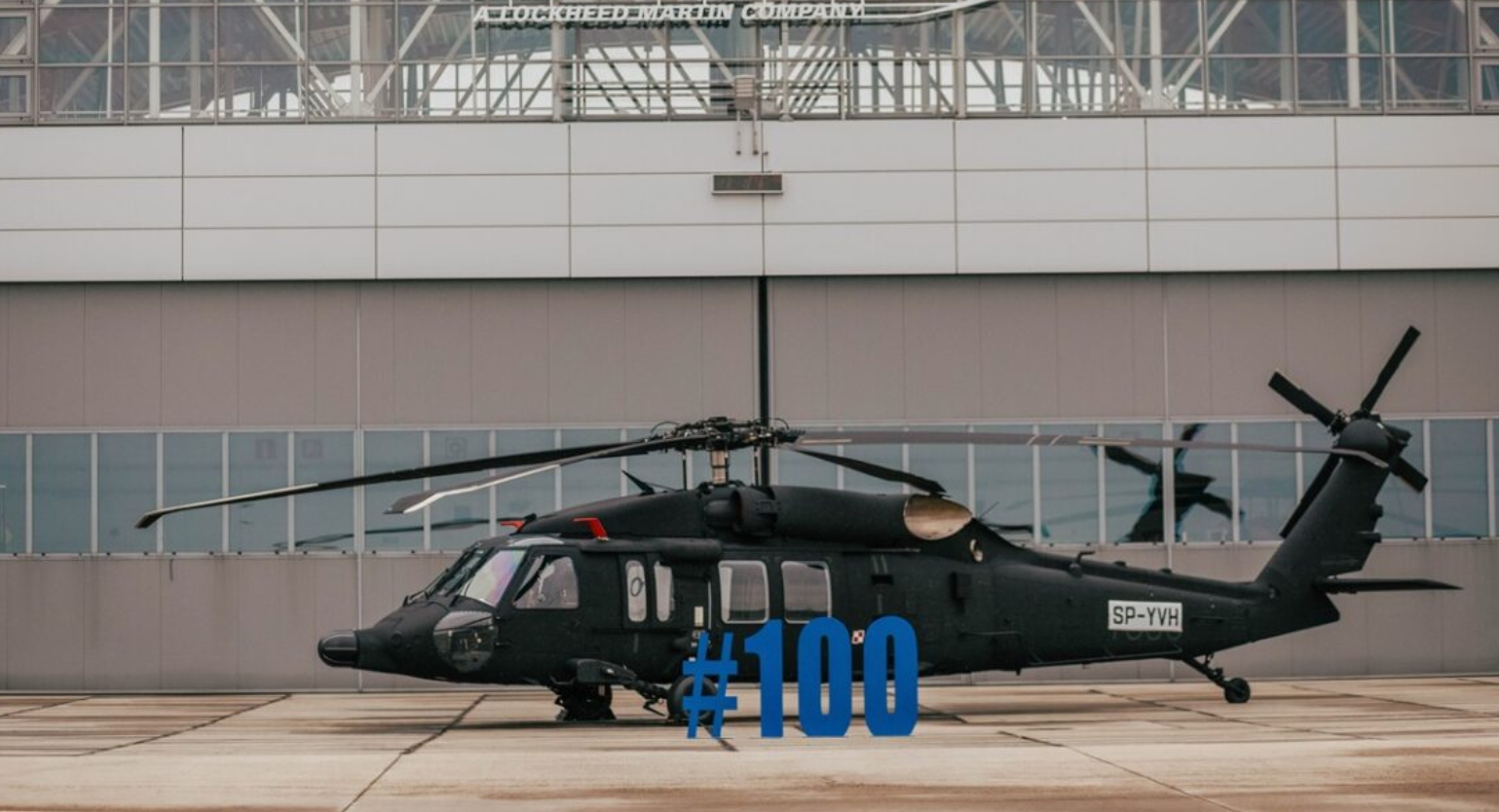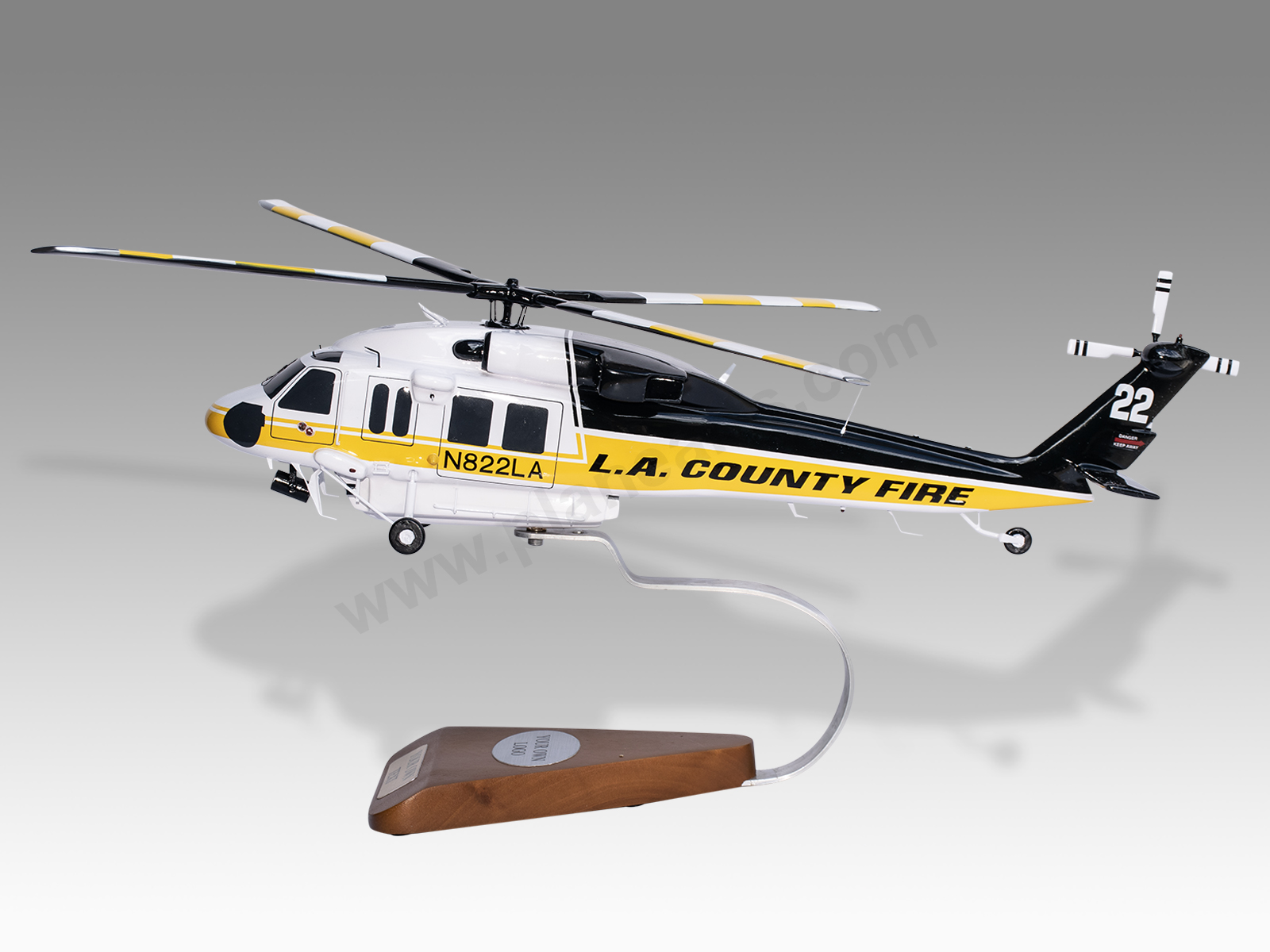High-Performance Multi-Role Rotorcraft Featuring Advanced Cockpit Technologies and Integrated Sensing Unit Systems
The realm of rotorcraft technology has seen noteworthy improvements in recent times, especially in the realm of high-performance multi-role rotorcraft geared up with advanced cockpit technologies and seamlessly incorporated sensing unit systems. These technologies have not just increased the functional capabilities of rotorcraft but have actually additionally dramatically affected modern-day aeronautics procedures on various fronts. From enhanced goal flexibility to improved functional effectiveness, the convergence of innovative cabin technologies and integrated sensing unit systems has introduced a new era of opportunities for rotorcraft applications. In the adhering to discussion, we will discover the development of rotorcraft innovation, explore the realm of advanced cockpit developments, and analyze the effects of incorporated sensing unit systems on the functional flexibility and efficiency of contemporary rotorcraft.
Development of Rotorcraft Technology
The evolution of rotorcraft innovation has actually been noted by significant innovations in the rules of aerodynamics, products, and propulsion systems, forming the abilities and performance of modern rotorcraft. Additionally, advancements in propulsion systems, including extra effective engines and cutting-edge propulsion modern technologies, have actually allowed rotorcraft to accomplish higher altitudes, faster rates, and better payloads.
These improvements have not only transformed the abilities of rotorcraft however have also increased their applications across various sectors, consisting of armed forces, industrial, and emergency situation solutions. The continual evolution of rotorcraft innovation proceeds to drive technology in the field, pushing the limits of what is possible and forming the future of vertical trip.
Advanced Cockpit Innovations
Structure upon the foundational innovations in the rules of aerodynamics, products, and propulsion systems, the realm of rotorcraft modern technology currently shifts emphasis in the direction of pioneering Advanced Cabin Innovations. The combination of sophisticated technologies within the cockpit environment plays an essential role in enhancing the operational capacities, safety and security, and performance of modern-day rotorcraft. sikorsky s 70. Advanced Cabin Innovations incorporate a vast selection of functions created to give pilots with boosted situational recognition, structured information monitoring, and instinctive control interfaces
One of the vital innovations in cockpit style is the execution of glass cockpits, which change traditional analog evaluates with high-resolution display screens. These electronic systems provide adjustable formats, real-time data integration, and improved readability, allowing pilots to accessibility essential information at a look. Advanced avionics systems, such as fly-by-wire controls and enhanced truth display screens, are transforming just how pilots connect with the aircraft, enabling for precise control and improved decision-making abilities.


Integrating sophisticated cockpit developments not only enhances pilot efficiency yet likewise contributes to overall goal performance and safety and security in intricate operational environments. By leveraging advanced innovations within the cabin, rotorcraft producers are setting brand-new criteria for functional quality and objective success.
Integrated Sensing Unit Solutions
With the evolution of rotorcraft innovation, the integration of innovative Integrated Sensing unit Systems has actually become paramount in boosting operational efficiency and safety and security. These Integrated Sensor Systems encompass a broad array of innovations that provide critical information for various features such as navigation, surveillance, targeting, and ecological tracking. By perfectly integrating sensors like radars, electronic cameras, lidar, and infrared systems into rotorcraft, operators can gain from enhanced situational understanding, improved mission capabilities, and lowered pilot work.
One trick benefit of Integrated Sensing unit Systems is their capability to gather real-time information and give workable insights to pilots and mission drivers. Progressed radar systems can spot and track targets over long ranges, allowing for very early danger detection and efficient feedback preparation. Additionally, integrating infrared and electro-optical cameras allows rotorcraft to perform reconnaissance and surveillance objectives with accuracy and precision.
In significance, the assimilation of sophisticated sensing unit modern technologies into rotorcraft not only enhances operational effectiveness but also contributes substantially to total goal success and staff safety and security. As rotorcraft remain to progress, the role of Integrated Sensing unit Systems will definitely remain at the center of innovation in the aerospace market.
Operational Adaptability and Performance
Enhancing functional versatility and efficiency in rotorcraft is an all-natural progression from the integration of advanced Integrated Sensor Solutions. By leveraging the information and understandings given by these cutting-edge sensing unit systems, rotorcraft can maximize their efficiency across different goals and atmospheres.
Functional convenience incorporates the ability of rotorcraft to adjust to different roles and circumstances effectively. With innovative cabin innovations and incorporated sensing unit systems, rotorcraft can perfectly change in between tasks such as search and rescue, medical discharge, monitoring, and much more. This versatility enhances the rotorcraft's capacity to satisfy varied operational demands without calling for extensive reconfiguration.
Effectiveness in rotorcraft procedures is important for taking full advantage of objective performance and source application. Integrated sensing unit systems play a pivotal duty in improving functional efficiency by offering real-time information on weather, surface mapping, target monitoring, and much more. This information makes it possible for pilots to make informed decisions promptly, optimize flight paths, preserve fuel, and improve overall goal productivity.
Influence on Modern Air Travel Procedures

In addition, the assimilation of sophisticated sensors promotes improved mission preparation and implementation, enabling rotorcraft to carry out a vast array of jobs with improved accuracy. From search and rescue operations to airborne firefighting and police objectives, the capabilities of modern-day rotorcraft geared up with innovative cockpit technologies and integrated sensing unit systems are unparalleled.
In addition, the influence of visit these innovations prolongs past functional effectiveness to cost-effectiveness and sustainability. By enhancing trip courses, fuel consumption, and click for more maintenance schedules, high-performance rotorcraft furnished with innovative cabin innovations and sensors contribute to minimizing operational prices and ecological effect, making them crucial properties in contemporary air travel procedures.
Conclusion
To conclude, the high-performance multi-role rotorcraft with innovative cabin modern technologies and incorporated sensing unit systems stands for a significant development in aviation innovation. These innovations boost operational adaptability and performance, ultimately influencing modern-day aeronautics operations in a positive means. The integration of these sophisticated modern technologies allows for improved capabilities and performance in various mission scenarios, showcasing the continued development of rotorcraft innovation in the aeronautics sector.
The world of rotorcraft modern technology has actually seen noteworthy innovations in current times, particularly in the realm of high-performance multi-role rotorcraft furnished with cutting-edge cockpit modern technologies and seamlessly integrated sensing unit systems. From boosted goal versatility to improved operational performance, the merging of advanced cabin modern technologies and incorporated sensor systems has ushered in a brand-new period of opportunities for rotorcraft applications. In the following over at this website discussion, we will certainly discover the advancement of rotorcraft modern technology, dig right into the world of innovative cabin advancements, and analyze the implications of incorporated sensing unit systems on the operational flexibility and efficiency of modern-day rotorcraft.
